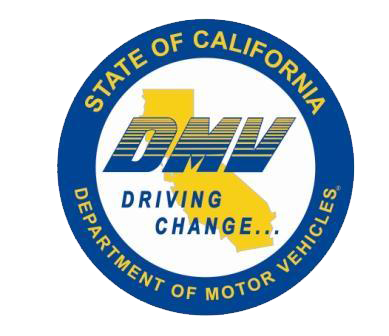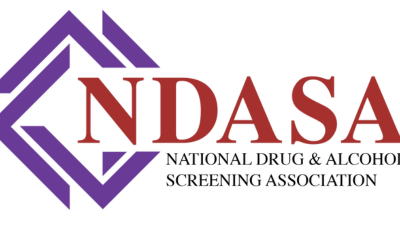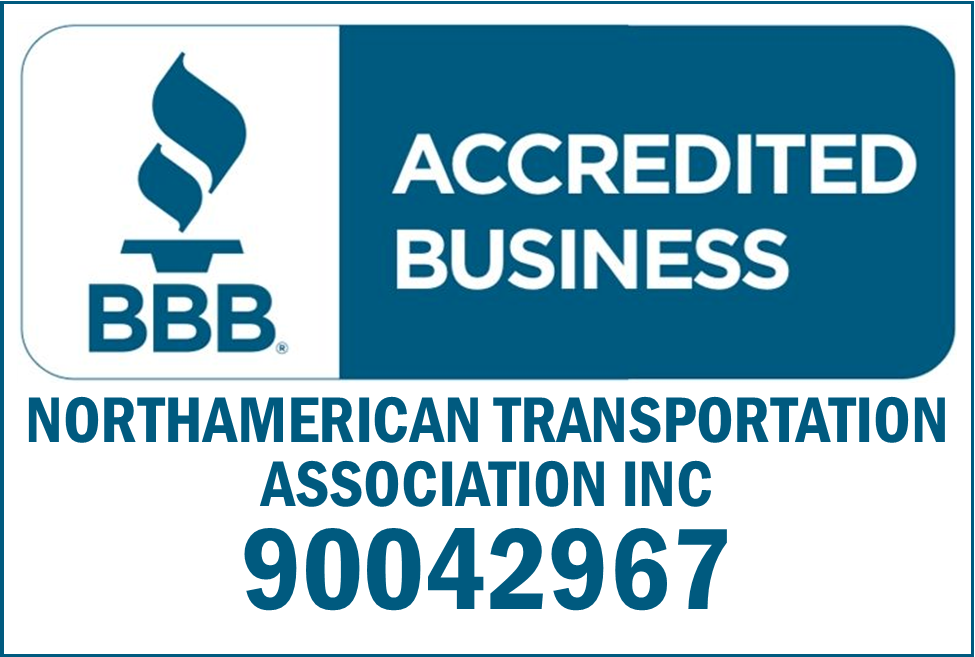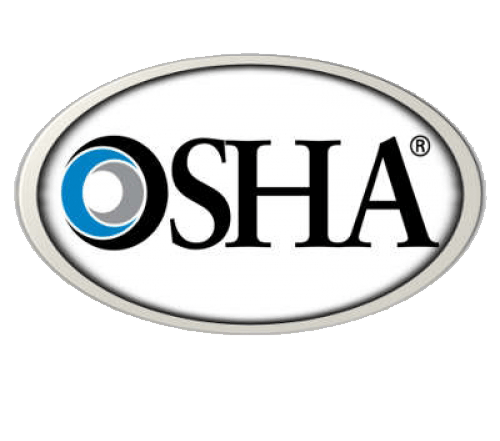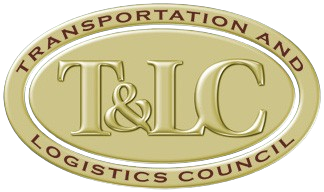Out-of-Services Criteria change April 1st, no Fooling !!
On January 30, the Commercial Vehicle Safety Alliance (CVSA) formally announced the upcoming changes to the North American Standard Out-of-Service Criteria (OOSC). This is the decision-making guide officers use when determining if a violation that was discovered during a roadside inspection is serious enough to place the driver and/or vehicle out of service. The OOSC is updated annually, with the changes taking effect on April 1 each year.
Changes for April 1, 2024
The driver part of the OOSC saw several updates, including:
- Clarifying that a driver transporting placardable hazardous materials is to be placed out of service if the TSA hazardous materials screening or hazardous materials endorsement has expired, even if the license is still valid.
- Clarifying that Class D drivers licensed in Ontario are no longer required to carry a medical card.
- Informing officers to cite the regulation at 392.15 when placing a driver listed in the Drug and Alcohol Clearinghouse as prohibited out of service.
- Adding drivers with commercial learners permits to the out-of-service table related to operating when prohibited under the Drug and Alcohol Clearinghouse.
Under the vehicle portion of the OOSC, the changes include:
- Adding a missing brake cam shaft bushing to the 20 percent criteria.
- Clarifying what brake violations are included in the 20 percent criteria and what violations are stand-alone violations.
- Clarifying that a vehicle placed out of service as a result of a performance brake test may be retested (as opposed to must be retested).
- Updated the coupling section to include a pintle hook that is not locked or not in use (the eye on the trailer drawbar is not inside the pintle hook) and mismatched ball and receiver couplers.
- Clarifying that a driver forgetting to turn on the lights when lights are required is a traffic violation, and not a vehicle or out-of-service violation.
- Clarifying that a functional light that is the wrong color or improperly placed (such as too high or too low) is a violation, but not an out-of-service violation.
- Adding a provision stating that a non-steering tire with a leak in the tread area being kept over 50 percent of the maximum pressure by an automatic tire inflation system (ATIS) is not to be placed out of service (the leak is still a violation, but not an out-of-service violation if the ATIS is keeping up with the leak).
The other materials included in the OOSC, such as the inspection procedures, inspection bulletins, operational policies, and pictures were also updated.
How CVSA Works
Many in the industry are not aware of what the CVSA produces (such as the inspection procedures officers use and the OOSC), how CVSA functions, and the role they can play in it.
The various committees within CVSA (Driver Traffic Enforcement, Training, Vehicle, etc.), act on member submitted action items.
The committees then create or update a policy or procedure, change the OOSC, kill the idea, or table it for further or later action. The committees are made up of members of law enforcement and the industry, with certain members awarded the right to vote on the committee’s actions.
If the committee outcome is a new or changed policy or procedure or a change to the OOSC, it goes to the Board for final approval and implementation. If the Board approves it, the change will go into effect either immediately (in the case of policies and procedures) or when the next OOSC is effective (April 1 each year).
Key to remember: The new Out-of-Service Criteria goes into effect on April 1, 2024. It is to a carrier’s advantage to learn what is changing.


